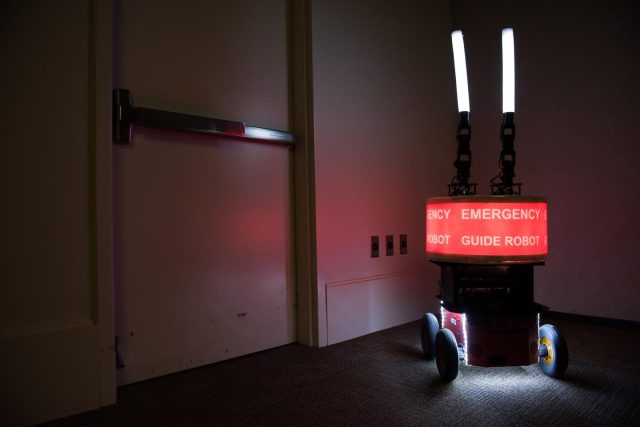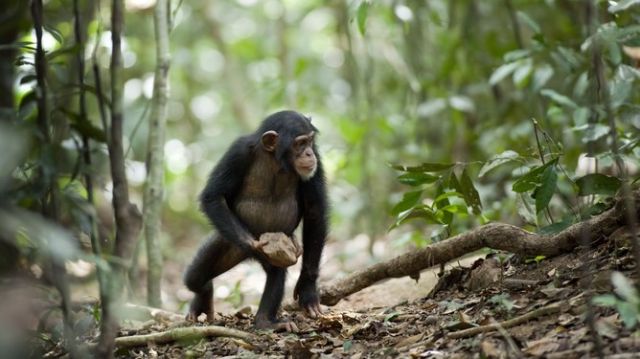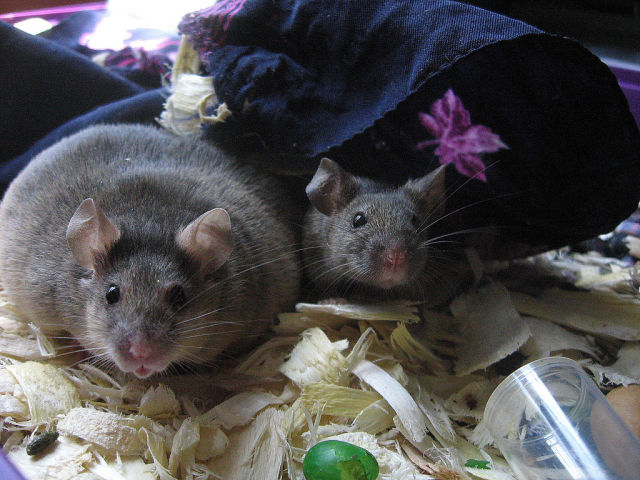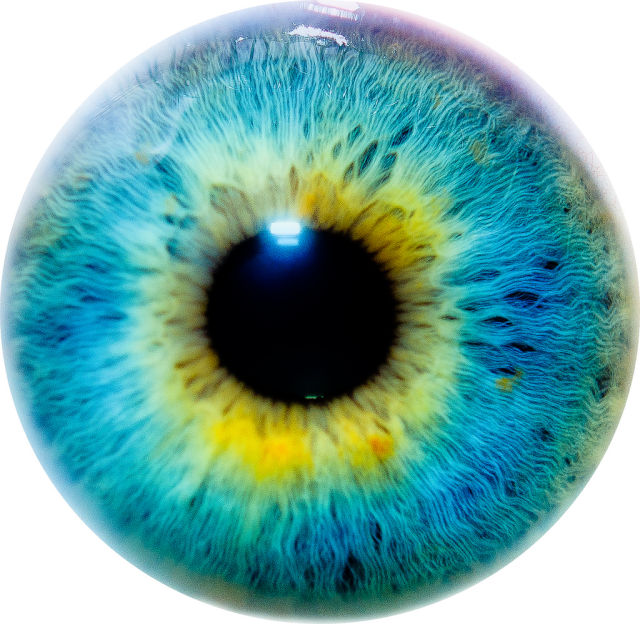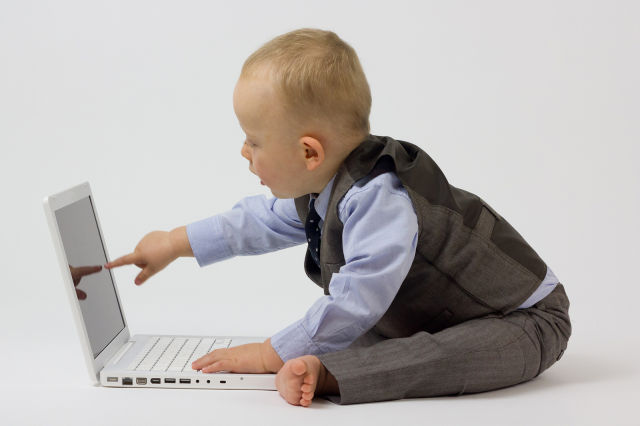
(credit: flickr user: Paul Inkles)
Thoughts don't just flit around in our heads unobserved: humans know when something's going on in our own brains, and we evaluate our own thoughts. For example, we can judge when we're not certain about something, and act accordingly. This ability, called metacognition (thinking about thinking), has been found in a number of species, but humans are unusual in our ability to communicate what we know about our own thoughts and knowledge.
How early in life do we develop metacognition? Toddlers, who confidently proclaim knowledge of things they can’t possibly know, seem to be pretty bad at it. Babies, on the other hand, point at things to ask questions about them. They shouldn't be able to do this unless they've worked out that they don't know something.
It’s possible that previous experiments haven’t found evidence of metacognition in younger children because they just weren’t testing it in the right way. After all, other species have metacognition, and experimenters have found ways to test that even though the animals can’t talk about what they know. What if children under four years old experience and use metacognition, but are just bad at realizing it and letting anyone know?

